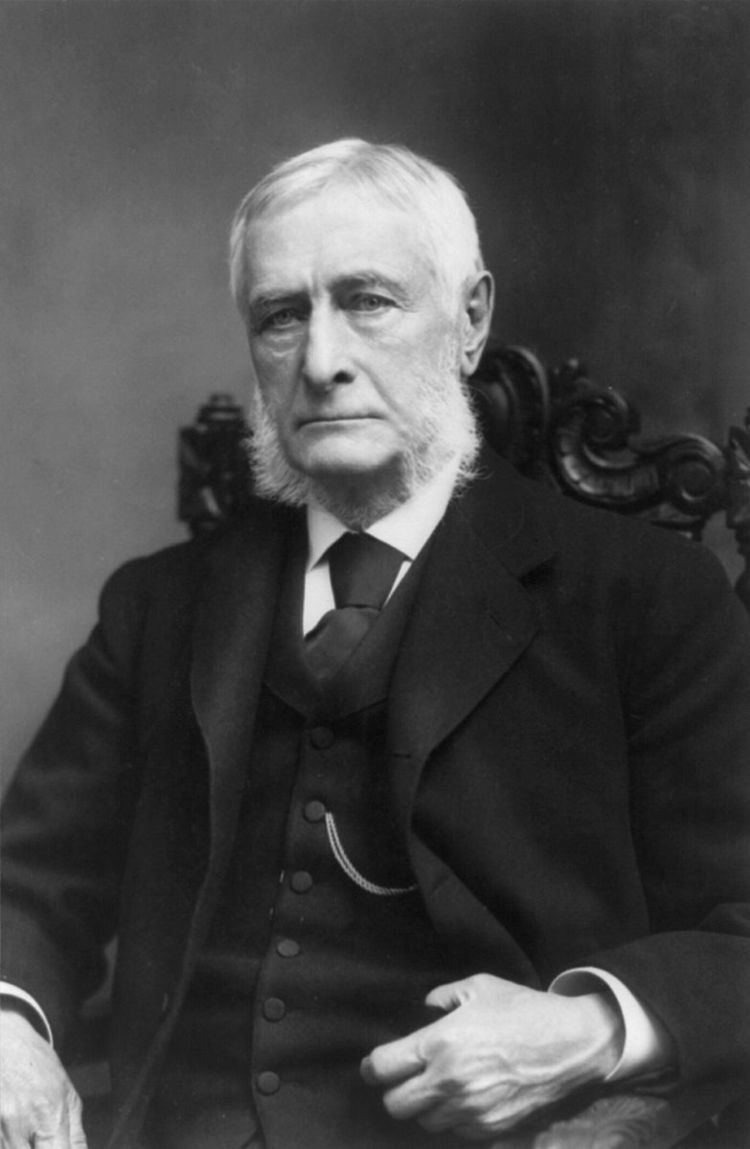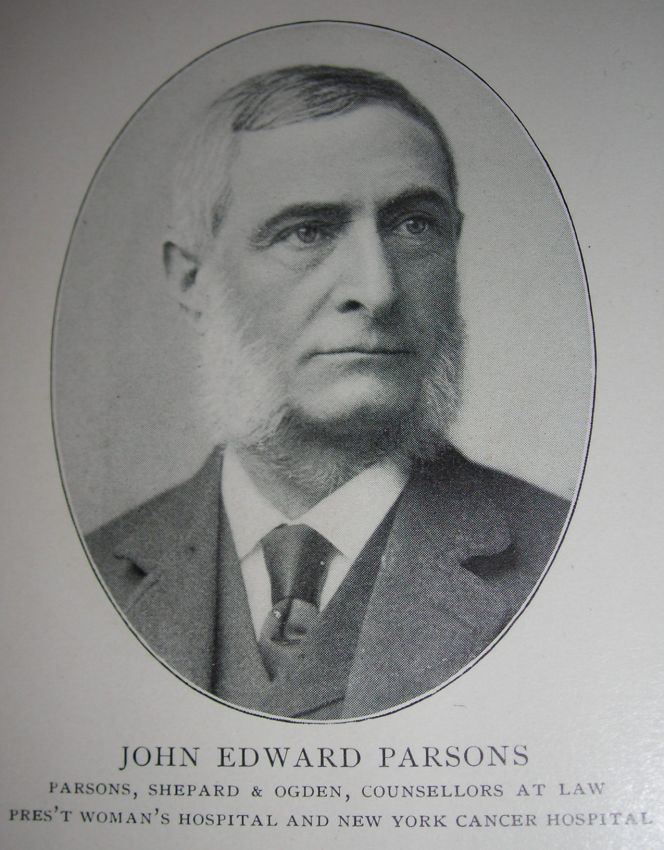Nationality United States Role Lawyer Occupation lawyer | Term 1900-1901 Name John Parsons Predecessor James C. Carter | |
 | ||
Born October 24, 1829 ( 1829-10-24 ) New York City Title President of the New York City Bar Association Died February 16, 1915, New York City, New York, United States Parents Edward Lamb, Matilda Parsons | ||
John Edward Parsons (October 24, 1829 – January 16, 1915) was a lawyer in New York City. He was president of the New York City Bar Association from 1900 to 1901.

Life and career

Parsons was born in New York City in 1829 to Edward Lamb and Matilda Parsons. His father was English and his mother was descended from a prominent Wallingford, Connecticut family. He was educated at New York University, where he earned a B.A. in 1848 and an M.A. in 1851. He also received an honorary M.A. from Yale Law School. and was admitted to the bar in 1851 or 1852.
Parsons began his legal career as the New York County Assistant District Attorney, where he managed many of the city’s prosecutions. This would be the only public position he would hold in his career. He was a founding member, and later president, of the New York City Bar Association and played an important role in the Bar’s prosecution of corrupt judges Albert Cardozo, John McCunn, D.P. Ingraham, and George Barnard. Later in his career, he started several practices, ultimately founding the firm Parsons, Closson & McIlvaine in 1902. His largest client was the American Sugar Refining Company, the precursor to the Domino Sugar company. In United States v. E. C. Knight Co., Parsons successfully defended American Sugar Refining from an anti-trust suit by the United States government, preserving its over $90 million in assets. In 1900, Parsons – who had said about trusts "I believe in trusts. They are economic necessities calculated to benefit the public" – was indicted by a Federal Grand Jury in Washington, D.C. for restraint of trade in trying to monopolize the sugar industry. The case did not go to trial until 1912, and a jury could not reach a unanimous decision.
Parsons was a member of the board of a number of New York cultural institutions, including the American Museum of Natural History and the Metropolitan Museum of Art. He served as a member of the Council of New York University, appointed in 1867, and for several years president of the NYU Alumni Association. He served as President of Cooper Union from 1905 to 1915. He was also a member of a number of gentlemen's clubs, including the University Club of New York, the Century Club, the Players Club and the Metropolitan Club, among others.
Parsons, who had a summer estate called "Stoneover" in Lenox, Massachusetts, and was a member of both the Brick Presbyterian Church in New York and the Protestant Episcopal Church in Lenox, was married twice, first to Mary D. McIlvaine, and then to Florence V. C. Bishop, the widow of David Wolfe Bishop. His children by his first wife included Herbert Parsons, a New York politician. Parsons died on January 16, 1915. His will gave all his money to his wife and children, and decried what he called "posthumous charity."
